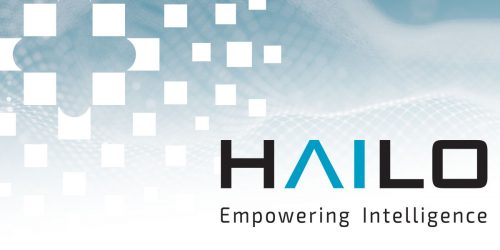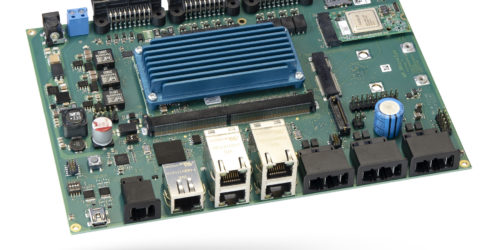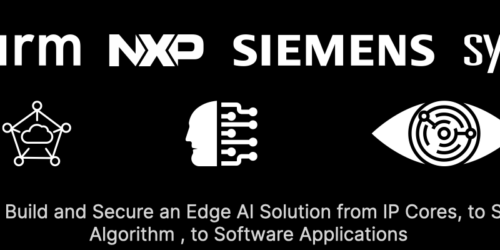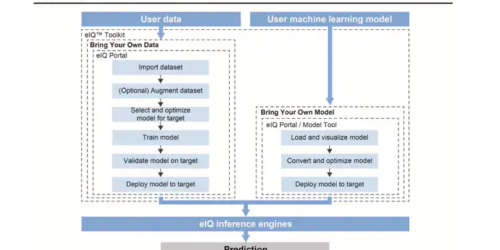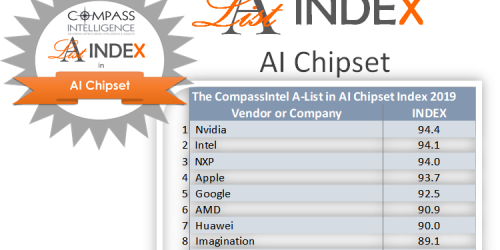Leading Edge AI Chipmaker Hailo Partners with NXP to Launch High-Performance, Scalable, AI Solutions for the Automotive Industry
NXP’s automotive processors, combined with the Hailo-8™AI processor, offer powerful, scalable, safe, and efficient deep learning processing for automotive ECUs TEL AVIV, Israel, Dec. 16, 2021 /PRNewswire/ — Hailo, the leading edge Artificial Intelligence chipmaker today announced its partnership with NXP® Semiconductors, an automotive market innovator, to launch a number of joint AI solutions for […]

